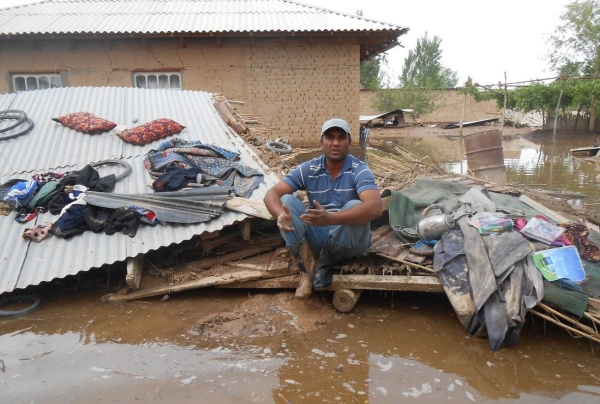
The World Bank, in collaboration with the Astana Financial Services Authority (AFSA), hosted a regional conference entitled “Disaster Risk Financing and Insurance in Central Asia” on November 12-13 to discuss solutions the region can adopt to be financially prepared for the mounting disaster risks.
Central Asia’s nations – Kazakhstan, Kyrgyzstan, Tajikistan, Turkmenistan and Uzbekistan — share a similar disaster risk profile with intense seismic risk and climatic hazards.
A 2023 World Bank risk assessment estimates that, on average, earthquakes across the region cause US$2 billion in losses per year, while floods result in losses ranging from US$1.5 billion to US$2.2 billion annually. On average, earthquakes alone affect four million people each year.
Due to the climate change, floods are reportedly becoming a major risk factor for the Central Asian economies, with the extreme event losses ranging between 1% and 6% of gross domestic product (GDP).
Financial resilience in Central Asian countries is insufficient, as available funding does not fully cover post-disaster costs. World Bank analysis highlights a funding gap across the region. For example, in Tajikistan, the gap can exceed US$400 million annually and reach up to US$1.5 billion for large disasters. In Uzbekistan, this gap reportedly may exceed US$1 billion each year and rise to US$15 billion for major events. With underdeveloped or nearly non-existent insurance markets in Central Asia, such gaps will have to be covered through budget reallocation, borrowing, donor aid, or may remain unfunded.
The conference reportedly aimed to bring together key stakeholders, policymakers, and the private sector to discuss solutions that Central Asian countries can adopt to improve financial preparedness for rising disaster risks.
The conference served as a platform for participants to share experiences, best practices, and innovative approaches in disaster risk financing, exploring strategies that could help the region address escalating disaster costs, accelerate recovery times, and support better rebuilding after disasters.




